The Ghost Towns Of Tuscany Posted by Geoff on Jul 14, 2016 in Uncategorized
When I travel, I love to discover those special off the beaten track places that most tourists don’t know about. For me, it’s important to ‘feel’ the history, acknowledge the passage of time and generations, to observe the small details that really bring the place to life. And as I’m easily distracted by people, I find it nearly impossible to do this when surrounded by tourists. Luckily for me, I live in Italy!
Of course, when you visit Italy as a tourist or holidaymaker it’s more or less obligatory to visit the great centres of art and architecture, and one puts up with crowds, heat, and exorbitant prices because those places are really worth seeing.
But perhaps you’re like me, and prefer to avoid the masses and the tacky tourist knick-knack shops, or perhaps you just fancy having a break from all that during your stay and would like to have a small adventure to a relatively unknown location. If so, then these suggestions may well be exactly what you’re looking for.
Rocca San Silvestro
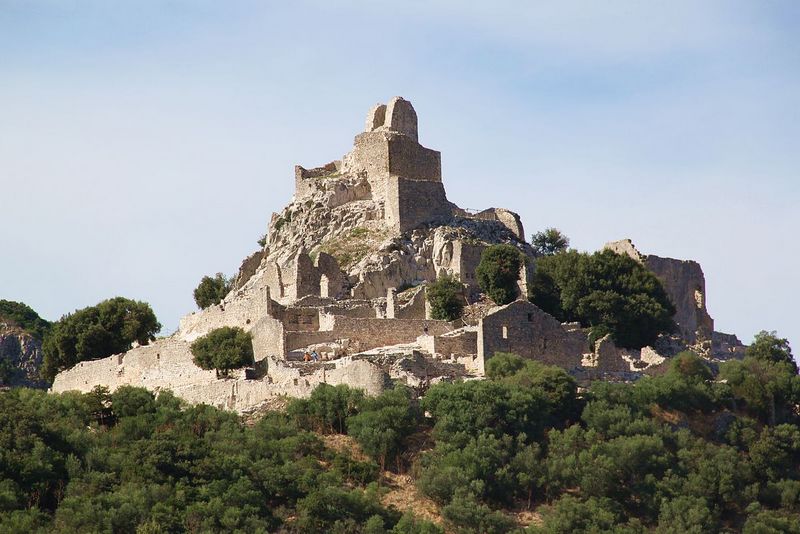
Photo by LepoRello
Founded as a mining town between the 10th and 11th centuries, Rocca San Silvestro is located on a rocky outcrop overlooking the coastal plain between Cecina and Populonia. This area, known as le Colline Metallifere (The Metalliferous Hills) had been mined since ancient Etruscan times for copper and argentiferous lead (lead containing silver).
The town, which was known as Rocca a palmento in medieval times, was abandoned during the 13th century due to the development of new mining techniques based on the use of water, a scarce resource on the rocky outcrop upon which it was built, and the discovery of new mines in Sardegna.
How to get there:
Rocca San Silvestro is located in the Parco Archeominerario di San Silvestro close to Campiglia Marittima and roughly 1 hour 30 minutes south of Pisa by car.
Castiglioncello (Firenze)
https://youtu.be/T_7G-b4mAYI
Founded in the 9th century, the town of Castiglioncello is located along an important military and trading route between Toscana and Emilia Romagna. It remained a prominent town up until the 18th century, when the construction of new roads and bridges bypassed the ancient mulattiera (mule track) that connected it with nearby habitations. From that point on the population gradually dwindled until the last inhabitants finally abandoned the town in the 1950’s. (N.B. Click on the image above to see a short video of Castiglioncello)
How to get there:
From the centre of Moraduccio (see map) take the little road down to the river Santerno, walk over the small bridge near the beautiful waterfall of the Rio dei Briganti, and head up the steep track towards Castiglioncello on the brow of the hill in front of you.
Fabbriche di Careggine
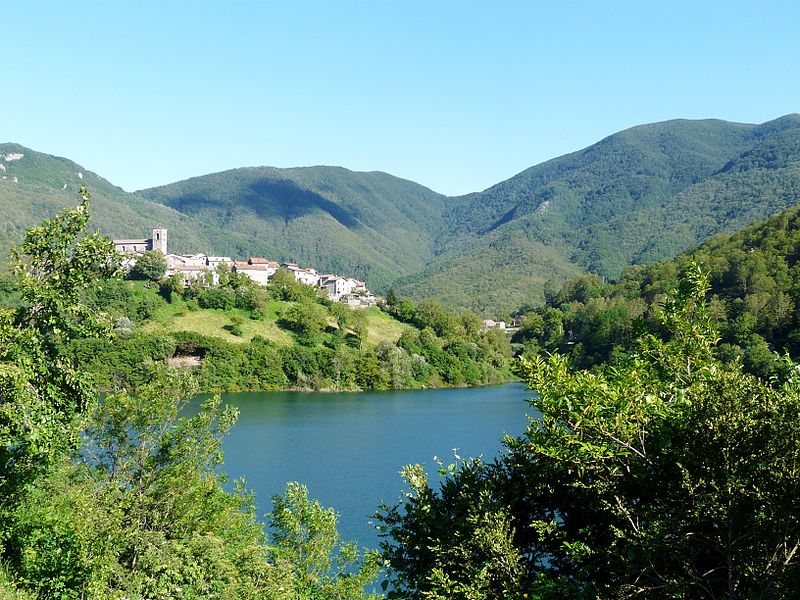
Vagli di Sotto and Lago di Vagli. Photo by Robyfra1
This is the most difficult of our Tuscan ghost villages to visit because it’s completely submerged below the waters of Lago di Vagli, an artificial lake created when a hydro-electric dam was built on the river Edron between 1947 and 1953.
The 146 inhabitants of the village were transferred to a nearby specially constructed reproduction of the original village called Vagli di Sotto (Lower Vagli).
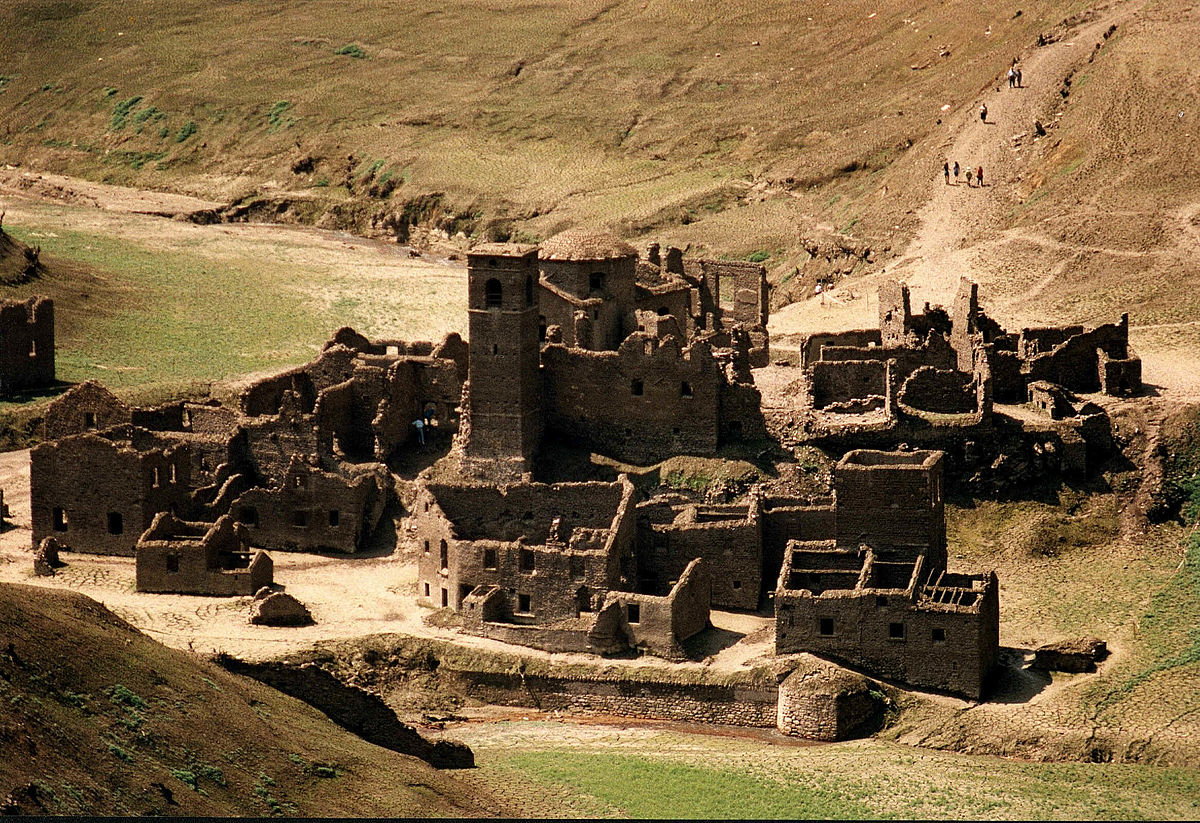
The submerged village of Fabbriche di Careggine in 1994 when the artificial lake was drained for maintenance.
The lake has been drained four times since the dam’s construction: in 1958, 1974, 1983, and finally in 1994, when I was lucky enough to visit it. There is no fixed date for the next appearance of the submerged village, so if you desperately want to see it I suggest you take your scuba gear with you!
How to get there:
Lago di Vagli is located in the Garfagnana region roughly 60 km to the north of Lucca.
Buona gita!

Build vocabulary, practice pronunciation, and more with Transparent Language Online. Available anytime, anywhere, on any device.



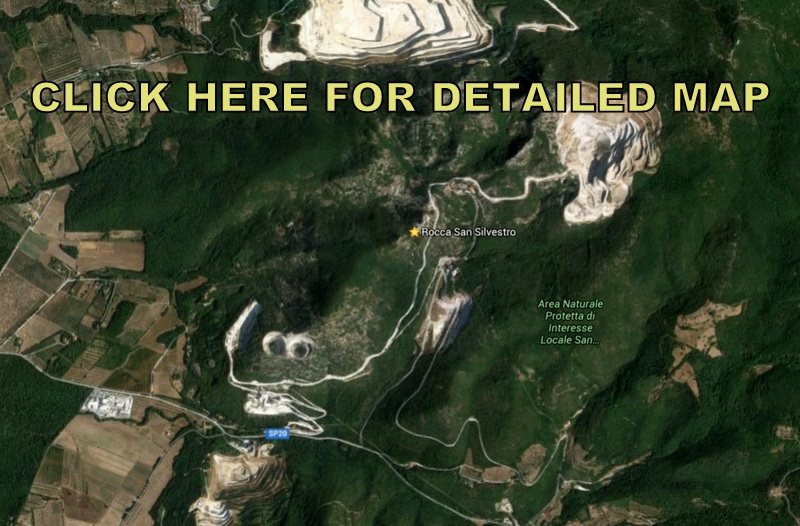
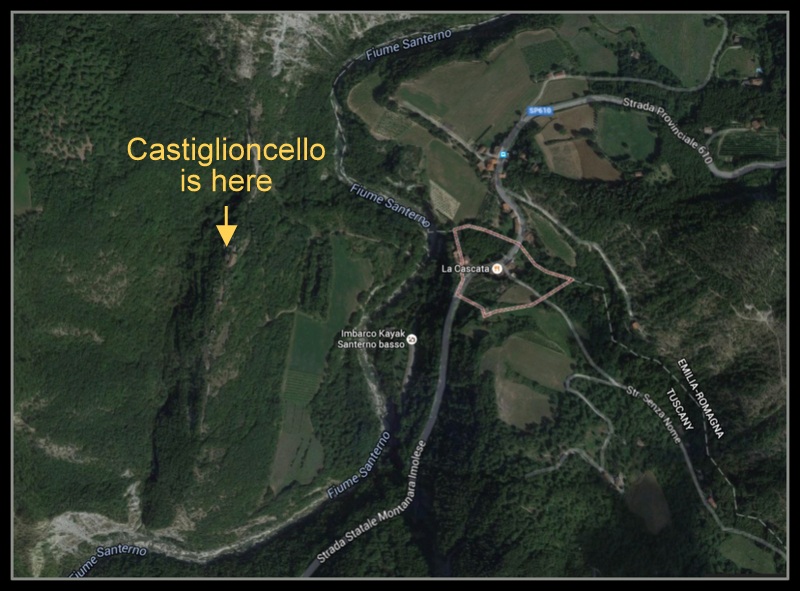

Comments:
Rosalind:
È sopranaturale! Avete letto nel mio pensiero!?!! Di maggio scorso sono andata con mio nipote a Valle di sotto e dopo siamo andati alla ricerca di una cave di marmo e abbiamo trovato anche una statua di marmo nella natura vicina a una casa costrutta contra un grotto.
Per la nostra prossima visita in Italia ho pensato alla Maremma e anche la mina d’argento e la Rocca San Silvestro. E ho anche previsto di stare una notte a Castiglioncello (ma non è lo stesso, lo sò) tra Livorno e Talamone, dove vorrei stare parecchi notti.
So easy to get off the beaten track in Italy. Can willingly leave the big cities to the big crowds.
Geoff:
@Rosalind Ma scusa, siete andati a Valle di Sotto, o pure Vallico di Sotto, che sono due posti diversi?
Off the beaten track is the only way to go for me! 🙂
Rosalind:
@Geoff Ho fatto un sbaglio d’ortografia, era Vagli di sotto, lo stesso paese. Qui la storia della nostra visita : http://www.fiamma.fr/TravelBlog/BargaLucca.html
Gordon:
fun stuff. How about Carsulae? Roman not Tuscan but a little visited site which is fascinating. In Umbria near San Gemini
Geoff:
@Gordon Carsulae is great, we were there a few years ago when we went to visit friends in Terni. It’s amazing to walk along that stretch of the ancient via Flaminia with its original paving slabs.
Here’s the link to the post we wrote about Carsulae: https://blogs.transparent.com/italian/carsulae-e-la-via-flaminia/
I’ll probably be writing more articles about ghost towns in other regions of Italy when I’ve done some more research.
A presto, Geoff 🙂
Maria Quinto:
Non vedo l’ora quando vengo a vivere in Italia che posso fare tutti questi giri e fare avventure simili.
Geoff:
@Maria Quinto E quando è che vieni a vivere qua, hai ancora tanto da aspettare?
Saluti da Geoff 🙂